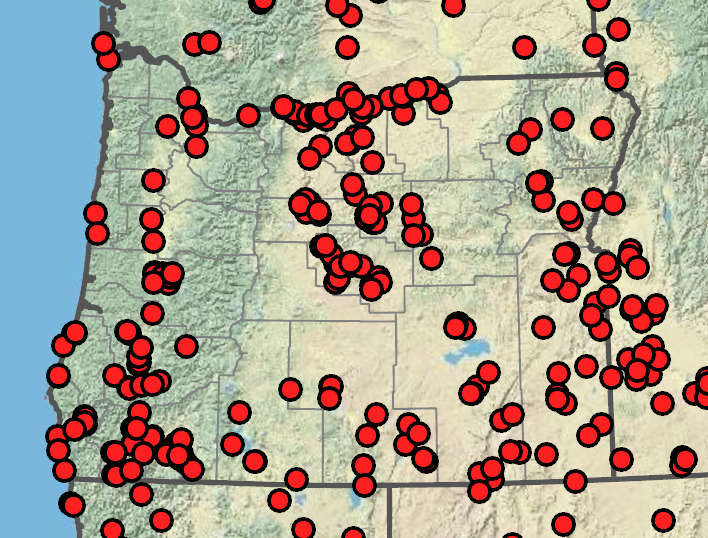Polypogon elongatus
Polypogon monspeliensis
annual beardgrass, rabbitsfoot grass
sheaths glabrous; the uppermost sheaths sometimes inflated;
ligules 2.5–16 mm;
blades 1–20 cm × 1–7 mm.
narrowly ellipsoid, sometimes lobed, 1–17 cm;
pedicels absent or to 0.2 mm;
stipes 0.1–0.2 mm.
1–2.7 mm, ciliate, minutely hairy throughout; largest hairs restricted to the lower half;
tips rounded, lobed;
lobes 0.1–0.2 mm, 10% or less as long as the glume body, awned;
glume awns 4–10 mm; yellowish.
0.5–1.5 mm, glabrous, awned;
lemma awns 0.5–1(4.5)mm.
0.2–1 mm.
=28, 35.
Polypogon elongatus
Polypogon monspeliensis
Disturbed wet sites, ditches, roadsides, often on alkaline soils. 0–1700m. All ecoregions except Casc. CA, ID, NV, WA; throughout most of North America; worldwide. Exotic.
A hybrid of P. monspeliensis and Agrostis stolonifera (× Agropogon lutosus) has been found in Oregon. It differs from P. monspeliensis in having more tapered, short-awned glumes and lemmas with subterminal awns. Unlike A. stolonifera, its spikelets are on short stipes.
Barbara Wilson, Richard Brainerd, Nick Otting
- Local floras:
BC,
CA,
OR,
WA
- Local Web sites:
CalFlora,
CalPhotos,
Flora NW,
PNW Herbaria
WildflowerSearch
iNaturalist (observations)
USDA Plants Database
- LBJ Wildflower Center
- SEINet
- Plants of the World Online
- Encyclopedia of Life
- Wikipedia
- Google Image Search



